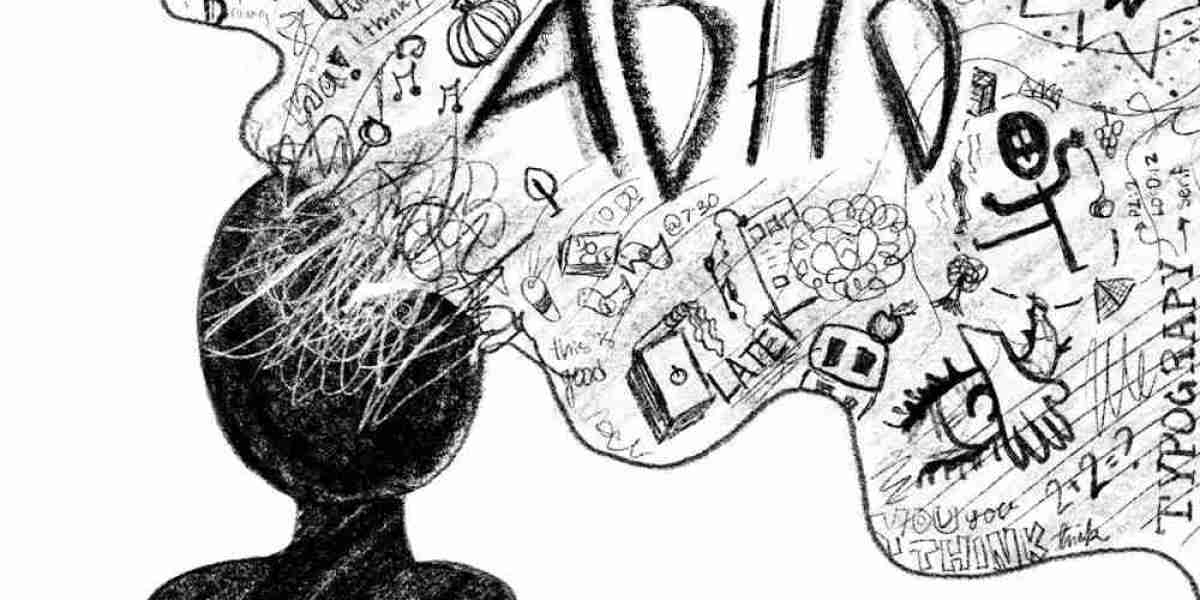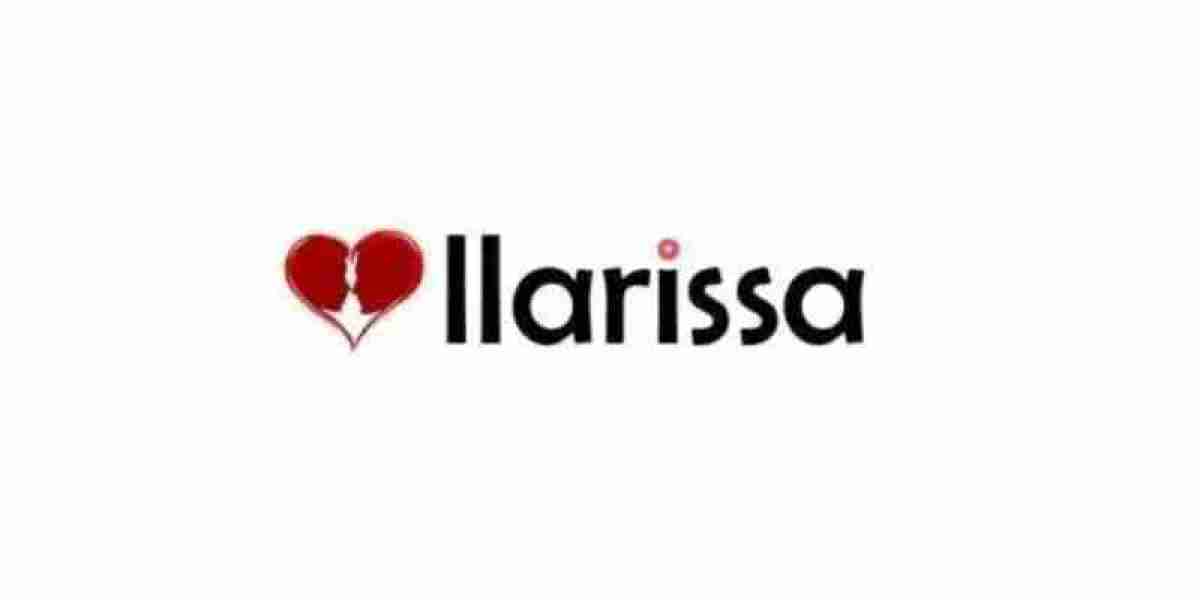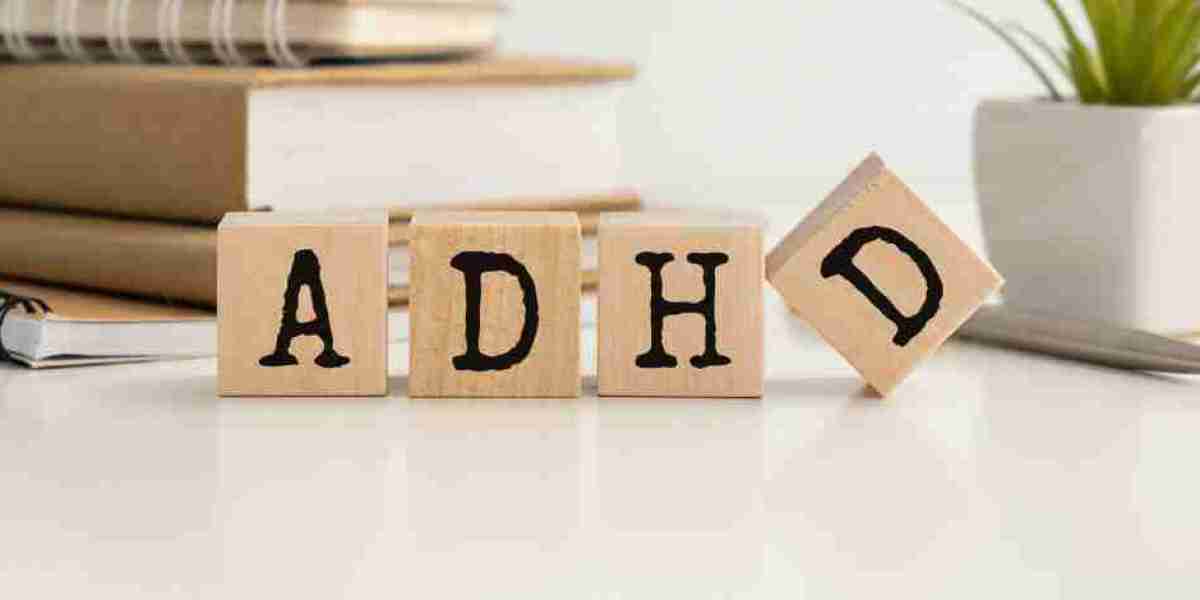Millions of people worldwide suffer with Attention Deficit Hyperactivity Disorder (ADHD), which impairs their capacity to concentrate, control their emotions, and stay organized in their daily life. Social networking is already a ubiquitous part of modern life in the digital age, presenting benefits as well as difficulties for those with ADHD. This essay delves into the advantages and disadvantages of social media use for those with ADHD, offering a sophisticated perspective on the ways in which these platforms can impact their life in both positive and negative ways.
Social Media's Advantages for People with ADHD
1. Improved Interaction and Social Bonding
Social media platforms can provide individuals with ADHD Symptoms with useful tools for improving social interactions and communication. Social media enables people to share experiences, maintain relationships with friends and family, and have conversations that could be difficult in person. These platforms can offer a more controlled setting where people who have trouble reading social cues and establishing connections can interact at their own pace, which lessens pressure and the possibility of misunderstandings.
2. Obtaining Communities and Support
For those with ADHD, social media may be a lifeline since it gives them access to networks and communities of support. Social media pages, support groups, and online forums specifically for people with ADHD offer a platform for people to connect with like-minded people, exchange stories, and seek guidance. For those who might feel alone in their offline life, these networks can provide helpful advice, emotional support, and a sense of community.
3. Awareness and Educational Resources
For people with ADHD and their families, social media platforms are an invaluable resource for knowledge and educational materials. Social media can assist increase awareness and offer insights on managing ADHD through a variety of means, including educational articles, videos, professional advice, and personal narratives. A variety of subjects, such as coping mechanisms, available treatments, and success stories, can be included in educational content to help people with ADHD have a better understanding of their illness and consider novel management techniques.
4. Tools for Productivity and Organization
Many social networking sites and applications provide solutions to help people with ADHD stay organized and manage their time. For example, inspirational boards and visual reminders can be made using social media sites like Pinterest and Instagram. Social media-integrated apps, like scheduling and task management programs, can assist users in tracking assignments, creating reminders, and planning their daily schedules. For those with ADHD who might find it difficult to use conventional organizational techniques, these tools might offer a visual and interactive way to handle chores.
Social Media's Drawbacks for People with ADHD
1. Distractions and Problems with Time Management
The fact that social media can be a huge distraction is one of the biggest problems it presents for those with ADHD. Likes, comments, and notifications provide rapid satisfaction, which can cause prolonged use and make it harder to focus on a task. It might be difficult to stay focused and efficiently manage time when there is an overwhelming amount of new stuff available all the time. This may worsen impulsivity and inattention symptoms, which could impair productivity and make day-to-day tasks more challenging.
2. Effects on Mental Health and Self-Esteem
Additionally, social media use can have a detrimental effect on mental health and self-esteem, especially in people with ADHD. Social media information is carefully chosen, and as a result, it frequently presents idealized lives, which can cause feelings of comparison and inadequacy. Exposed to these idealized pictures and comparisons, people with ADHD—who may already struggle with self-esteem issues and emotional regulation—may experience worsening of feelings of inadequacy alongside elevated tension and anxiety.
3. Overloading the senses and overstimulation
For those with ADHD, the visually engaging and fast-paced nature of social media can lead to sensory overload. The incessant stream of pictures, videos, and alerts can be debilitating, making it harder to concentrate and more likely to become distracted. It might be difficult to focus on meaningful and productive tasks when hyperactivity and impulsive symptoms are heightened by this sensory overload.
4. Safety and Privacy Issues
Additionally, social media poses both privacy and safety hazards, which can be especially worrisome for those with ADHD. ADHD-related impulsivity can result in disclosing private information or taking risks when using the internet without completely thinking through the repercussions. Furthermore, the frequency of online harassment and cyberbullying can negatively affect mental health by creating an additional source of stress and anxiety.
Techniques for Controlling ADHD-Related Social Media Use
1. Establish Limits and Boundaries
Clearly defining expectations and limitations for social media use can aid in time management and distraction reduction for those with ADHD. This could entail designating a particular area for concentrated work, utilizing programs that measure and limit screen time, and establishing intervals for social media checks. By establishing these limits, people can utilize social media in a more controlled way and reduce its negative effects on daily life and productivity.
2. Make Good Use of Tools and Apps
Using productivity tools and applications can help people with ADHD better control how much time they spend on social media. Applications that provide tools for organization, reminders, and planned posts can assist users in staying on top of their activities and lessen the likelihood that they will become overwhelmed by the never-ending flow of content. Additionally, people can be present and involved in their activities by using apps that support mindfulness and focus.
3. Organize Your Content
Social media feed curation—which involves adding uplifting, encouraging, and pertinent content—can assist people with ADHD in fostering a more helpful online community. Through the practise of following supportive communities, inspiring accounts, and instructional pages, users can improve their social media experience and limit their exposure to distracting or bad content. This can lead to a more positive internet experience and enhance general mental health.
4. Seek Expert Advice
It might be helpful for people with Symptoms of ADHD who have trouble controlling their social media use to get advice from mental health specialists. Counselors and therapists can assist individuals create tailored plans for utilizing social media in a way that fits their needs and objectives, as well as give coping mechanisms for the difficulties presented by these platforms. They can also offer support in managing symptoms.
In summary
Social media has advantages and disadvantages for those with ADHD, making it a challenging environment. These platforms offer beneficial channels for organizing, support, and communication, but they also present issues with privacy, mental health, and distraction. Through comprehension of the possible consequences of social media and the application of techniques to regulate its usage, people with ADHD can more skillfully traverse this digital terrain, capitalizing on its advantages while mitigating its disadvantages. Social media has the potential to improve connections, offer support, and have a positive impact on the lives of people with ADHD when used carefully and purposefully.














